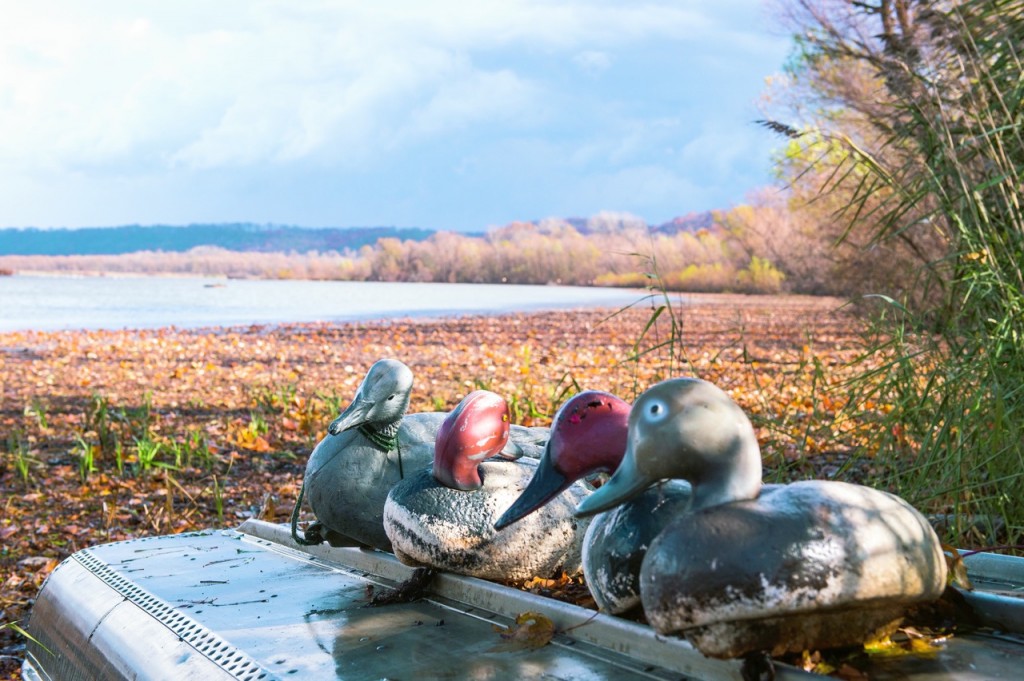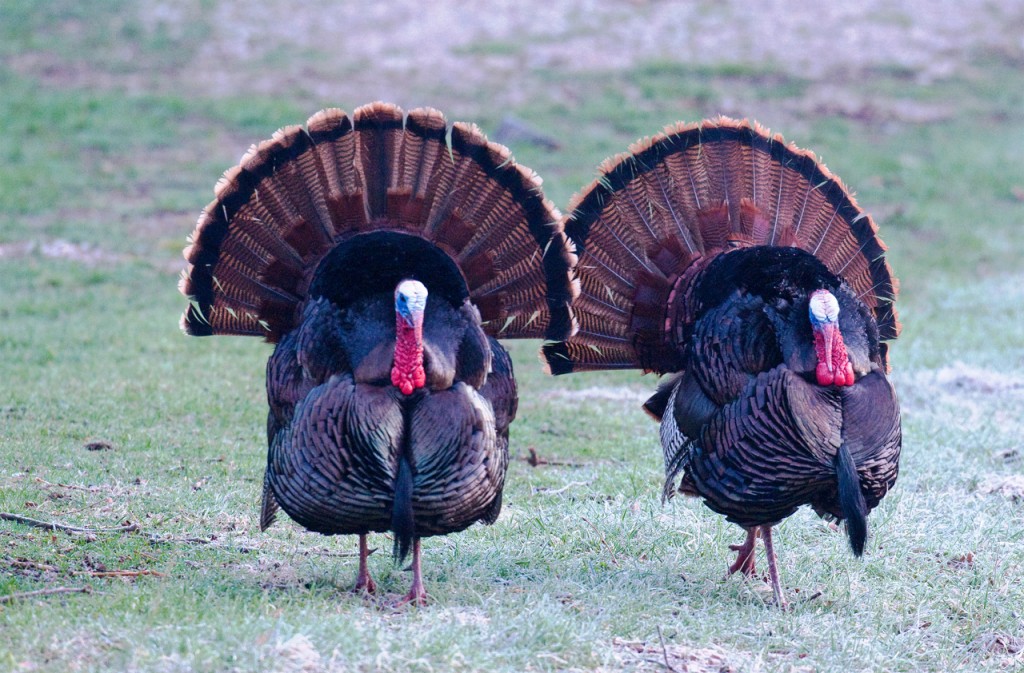Hunting for Conservation

Recreational hunters add great resources to conservation for all wildlife. Photo courtesy Tom Rollins, ThomasRollinsPhotography.com
A great irony is that many wildlife species might not survive at all were it not for hunters trying to kill them. Our nation’s 12.5 million hunters have become essential partners in wildlife sustainability and management.
By the end of the 19th century it was clear that game and non-game wildlife in this country were in steep decline and great trouble, largely due to over hunting. A handful of prominent civic leaders, and avid hunters, took action. In 1887, Teddy Roosevelt, Gifford Pinchot, a forester and politician, George Bird Grinnell, an anthropologist and historian, General William Tecumseh Sherman, and others founded the Boone and Crockett Club.
The Club rallied fellow sportsmen, pushed for hunting regulations and legislation, and mobilized support for the formation of conservation groups. The results were remarkable, even revolutionary. The Boone and Crockett Club is credited with galvanizing the elimination of commercial hunting, the establishment of the National Park System and National Wildlife Refuge System, and building the basic funding and regulatory framework which defines today’s hunting standards.
That framework, with all its collective components, is the backbone of the “North American Wildlife Conservation Model,” the only such continental-scale approach in existence. The model has two basic principles – that our fish and wildlife belong to all North Americans, and that they need to be managed in a way that their populations will be sustained forever.
These principles are explained fully through a set of guidelines known as the “Seven Sisters for Conservation.” First, wildlife is held in the public trust and in North America, natural resources and wildlife on public lands are managed by government agencies to ensure that current and future generations always will have wildlife and wild places.
Second, commercial hunting and the sale of wildlife on public land are prohibited to ensure the sustainability of wildlife populations. Third, hunting and fishing laws are created through a public process where everyone has the opportunity and responsibility to develop systems of wildlife conservation and use. Fourth, every citizen has an opportunity, under the law, to hunt and fish in the United States and Canada.
Fifth, individuals may legally kill certain wild animals under strict guidelines for food and fur, self-defense and property protection, but not for frivolous uses. Sixth, wildlife and fish migrate freely across boundaries between states, provinces and countries, so all units of government must work together to coordinate wildlife and habitat management strategies. And, seventh, sound science is essential to managing and sustaining wildlife and habitats in North America.
Several important, national-level hunting organizations embrace these conservation principles and have worked hard for their success and implementation. Since its formation in 1937, Ducks Unlimited has conserved more than 11 million acres of wetlands and associated uplands. The National Wild Turkey Federation (founded in 1973) has spent $425 million preserving 17 million acres of habitat. Pheasants Forever (founded in 1982) has acquired 135,000 acres and brought conservation work onto 5.3 million acres. All, including Quail Unlimited (founded in 1981) and the White-tailed Deer Association (founded in 1982), have fostered, through talented regional staff biologists and energized local chapters, improved private landowner conservation land management practices and hunter safety and youth hunting education programs. All told, last year individual hunters in the United States donated $280 million dollars to these organizations.
Since 1934, individual hunters have paid more than $700 million dollars for Duck Stamps, which has added 5.2 million acres to the National Wildlife Refuge System. Hunters pay millions of dollars for licenses, tags and permits each year, which helps to subsidize state game agencies, such as the Illinois Department of Natural Resources.
Individual hunters, last year, also paid more than $250 million dollars for excise taxes on guns, ammunition and other equipment, which largely pays for new, publically-owned game lands.
In addition to helping pay for many governmental conservation-oriented programs, many hunters, particularly in our area, have begun to focus on improving wildlife habitat on their private lands. Many have enrolled in governmental cost-share programs to improve both upland forests and permanently preserve bottomland wetlands.
CLIFFTOP, a local nonprofit organization, is focused on preserving and protecting area bluff lands.
A version of this article appeared in the 19 September 2014 edition of the Monroe County Independent.
© 2014 all content rights reserved Clifftop NFP
Comments are currently closed.

